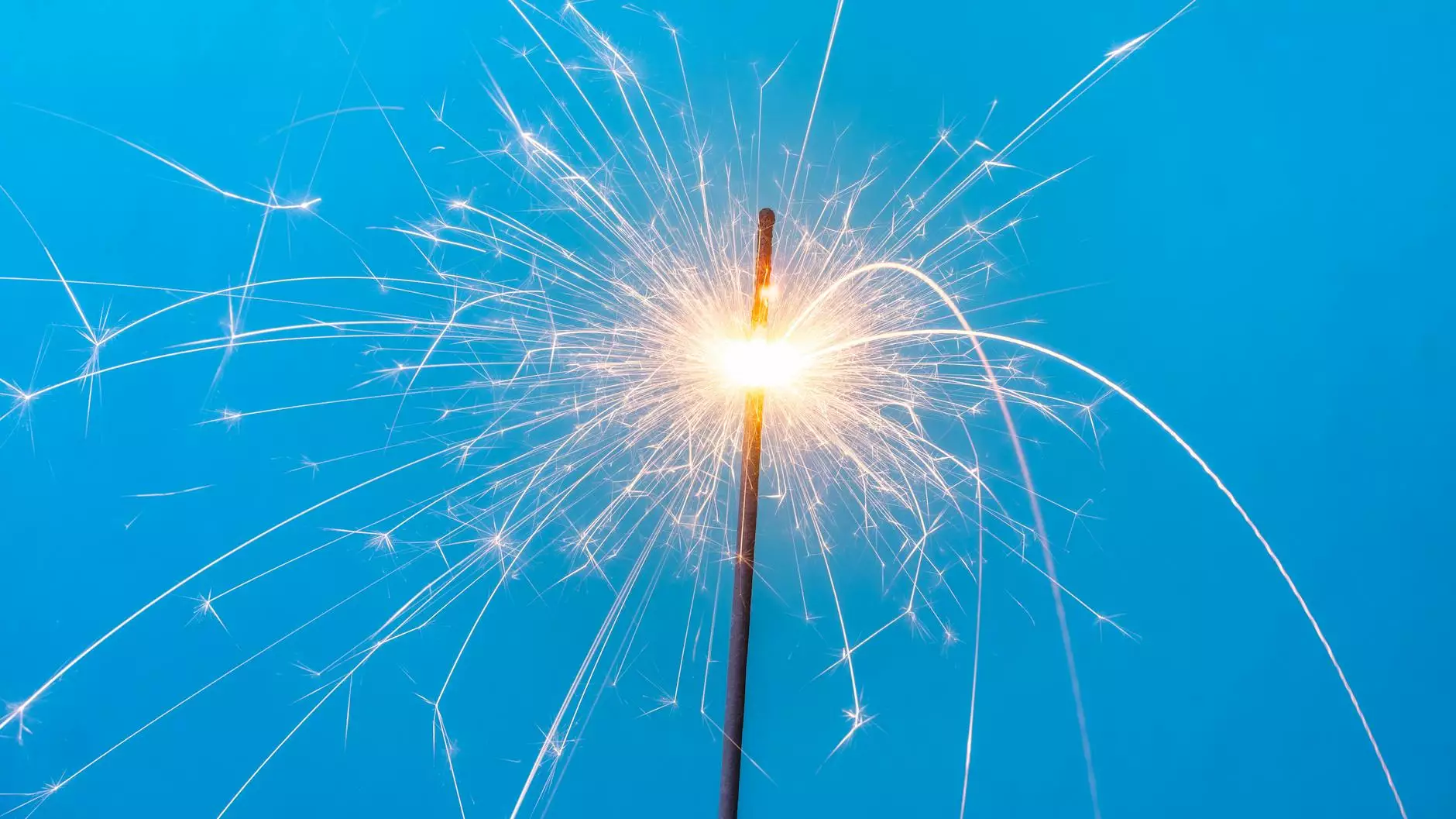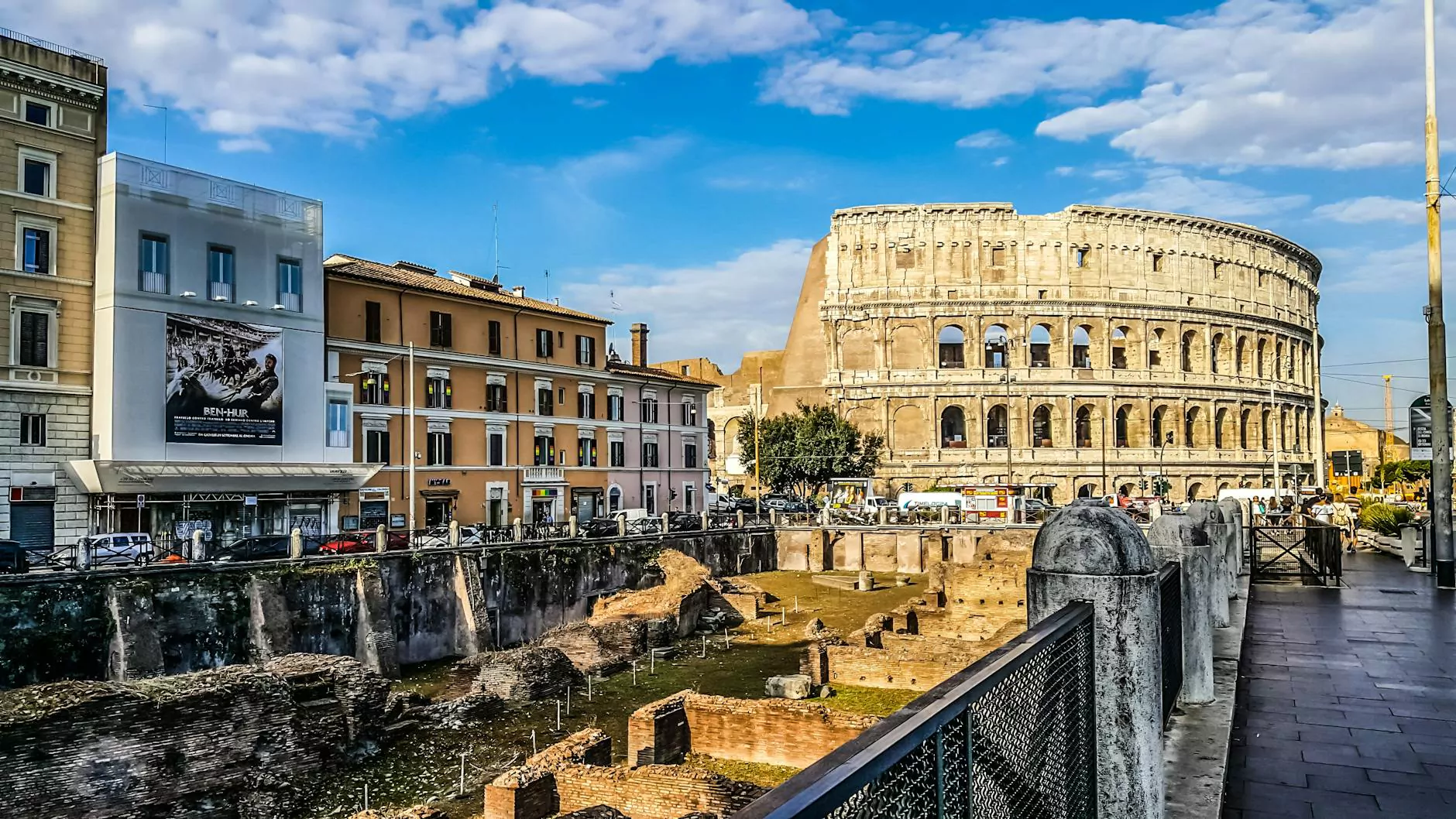Exploring the Transformative Realm of Light Installation Art

In the dynamic landscape of contemporary art, light installation art has emerged as a powerful medium that captivates audiences and redefines spaces. Through the use of innovative techniques, artists create immersive experiences that transport viewers beyond the conventional boundaries of visual art. This article delves into the essence of light installation art, its significance, and its profound influence on public engagement.
Understanding Light Installation Art
At its core, light installation art involves the strategic use of light to create an artistic expression that might include sculptures, projections, and interactive elements. This medium explores the interplay between light, space, and the audience, inviting viewers to experience art in a multidimensional way. Artists use a variety of materials, such as neon tubes, LEDs, and holograms, to create stunning visual effects that challenge our perception of the environment.
The Historical Context of Light Installation Art
The roots of light installation art trace back to the early 20th century when artists began to experiment with electric light as a tool for artistic expression. Pioneers like Laszlo Moholy-Nagy and Dan Flavin paved the way for future generations by incorporating light into their work, emphasizing its potential to alter the viewer's experience. As technology evolved, so did the possibilities for artists, leading to the vibrant and diverse field we see today.
Key Characteristics of Light Installation Art
To appreciate light installation art, one should be aware of its defining characteristics:
- Interactivity: Many installations engage the audience, allowing them to move through the light or affect its intensity and color.
- Transformation of Space: These artworks often transform existing spaces, altering the perception of architecture and environment.
- Use of Technology: Advancements in technology, including LEDs and projection mapping, have revolutionized this art form.
- Ephemeral Nature: Many light installations are temporary, encouraging a sense of urgency and exclusivity in the viewer's experience.
The Impact of Light Installation Art on Public Spaces
Light installation art is not confined to galleries or art spaces; it thrives in public environments where it can engage a broader audience. This accessibility makes art an integral part of urban life. Cities around the world have embraced light installations as a means to enhance public spaces, foster community engagement, and stimulate tourism. For instance, festivals like the Festival of Lights in Berlin and the Vivid Sydney festival feature spectacular light displays that attract millions, showcasing the transformative power of light.
Case Study: Grimanesa Amorós and the Evolution of Light Installation Art
One prominent figure in the realm of light installation art is Grimanesa Amorós. Known for her innovative use of light and technology, Amorós creates installations that reflect her cultural heritage while engaging viewers on multiple sensory levels. Her work often incorporates themes of identity, community, and nature, serving as a medium for social commentary.
For example, her installation, “La Trama,” transformed a public space by integrating organic shapes illuminated by changing colors, symbolizing the connection between nature and urban life. Such works exemplify how artists like Amorós are not just illuminating spaces but also sparking important conversations.
Techniques and Materials Used in Light Installation Art
The execution of light installation art often relies on a diverse array of materials and techniques. Artists choose specific elements based on their artistic vision and intended audience experience. Here are some commonly used materials:
- LED Lights: Energy-efficient and versatile, LEDs are a popular choice due to their variety of colors and long lifespan.
- Fiber Optics: These create dazzling effects and can be woven into various forms, adding an ethereal quality to installations.
- Projections: Video mapping allows artists to project images onto surfaces, creating dynamic and changing environments.
- Neon tubing: These provide a classic aesthetic and vibrancy that captures attention.
Challenges Faced by Light Installation Artists
While the world of light installation art is full of creativity and innovation, artists face several challenges:
- Funding: Securing financial resources for large-scale installations can be a significant hurdle.
- Site-specific Considerations: Each installation's location may come with unique technical and logistical challenges.
- Environmental Impact: Artists must consider the sustainability of their installations, especially in terms of energy consumption.
- Audience Engagement: Creating an installation that resonates with diverse audiences is an ongoing challenge.
Future Directions in Light Installation Art
The future of light installation art is bright, with emerging technologies promising to expand its horizons. Artists are increasingly integrating augmented reality (AR) and virtual reality (VR) into their work, enhancing the viewer's experience in ways previously unimaginable. As public spaces evolve, so will the potential for light installations to engage and inspire communities.
Conclusion: Embracing the Art of Light
In essence, light installation art stands as a testament to the fusion of technology and creativity. It challenges our perceptions, encourages interactivity, and transforms public spaces into realms of imagination. Artists like Grimanesa Amorós are at the forefront of this movement, proving that light can not only illuminate our surroundings but also foster deep emotional connections. As we look to the future, one thing is certain: light installation art will continue to shape our understanding and experience of the world around us.









